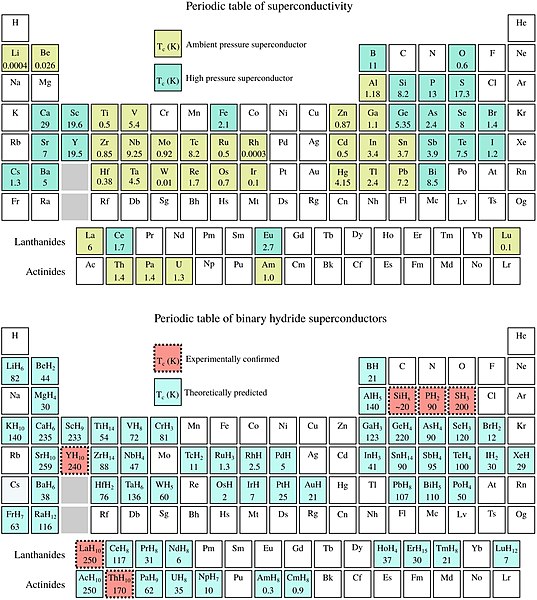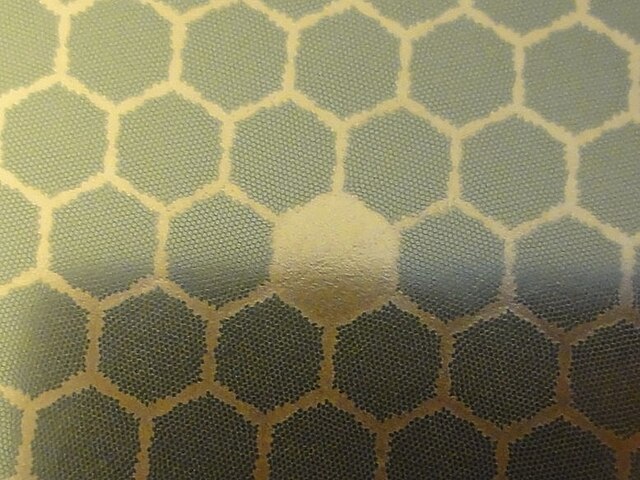The Meissner effect is the expulsion of a magnetic field from a superconductor during its transition to the superconducting state when it is cooled below the critical temperature. This expulsion will repel a nearby magnet.
A tin cylinder—in a Dewar flask filled with liquid helium—has been placed between the poles of an electromagnet. The magnetic field is about 8 millitesla (80 G).
T = 4.2 K, B = 8 mT (80 G). Tin is in the normally conducting state. The compass needles indicate that magnetic flux permeates the cylinder.
The cylinder has been cooled from 4.2 K to 1.6 K. The current in the electromagnet has been kept constant, but the tin became superconducting at about 3 K. Magnetic flux has been expelled from the cylinder (the Meissner effect).
Superconductivity is a set of physical properties observed in certain materials where electrical resistance vanishes and magnetic fields are expelled from the material. Any material exhibiting these properties is a superconductor. Unlike an ordinary metallic conductor, whose resistance decreases gradually as its temperature is lowered, even down to near absolute zero, a superconductor has a characteristic critical temperature below which the resistance drops abruptly to zero. An electric current through a loop of superconducting wire can persist indefinitely with no power source.
A high-temperature superconductor levitating above a magnet. Persistent electric current flows on the surface of the superconductor, acting to exclude the magnetic field of the magnet (Meissner effect). This current effectively forms an electromagnet that repels the magnet.
Top: Periodic table of superconducting elemental solids and their experimental critical temperature (T) Bottom: Periodic table of superconducting binary hydrides (0–300 GPa). Theoretical predictions indicated in blue and experimental results in red
Electric cables for accelerators at CERN. Both the massive and slim cables are rated for 12,500 A. Top: regular cables for LEP; bottom: superconductor-based cables for the LHC
Cross section of a preformed superconductor rod from the abandoned Texas Superconducting Super Collider (SSC)







